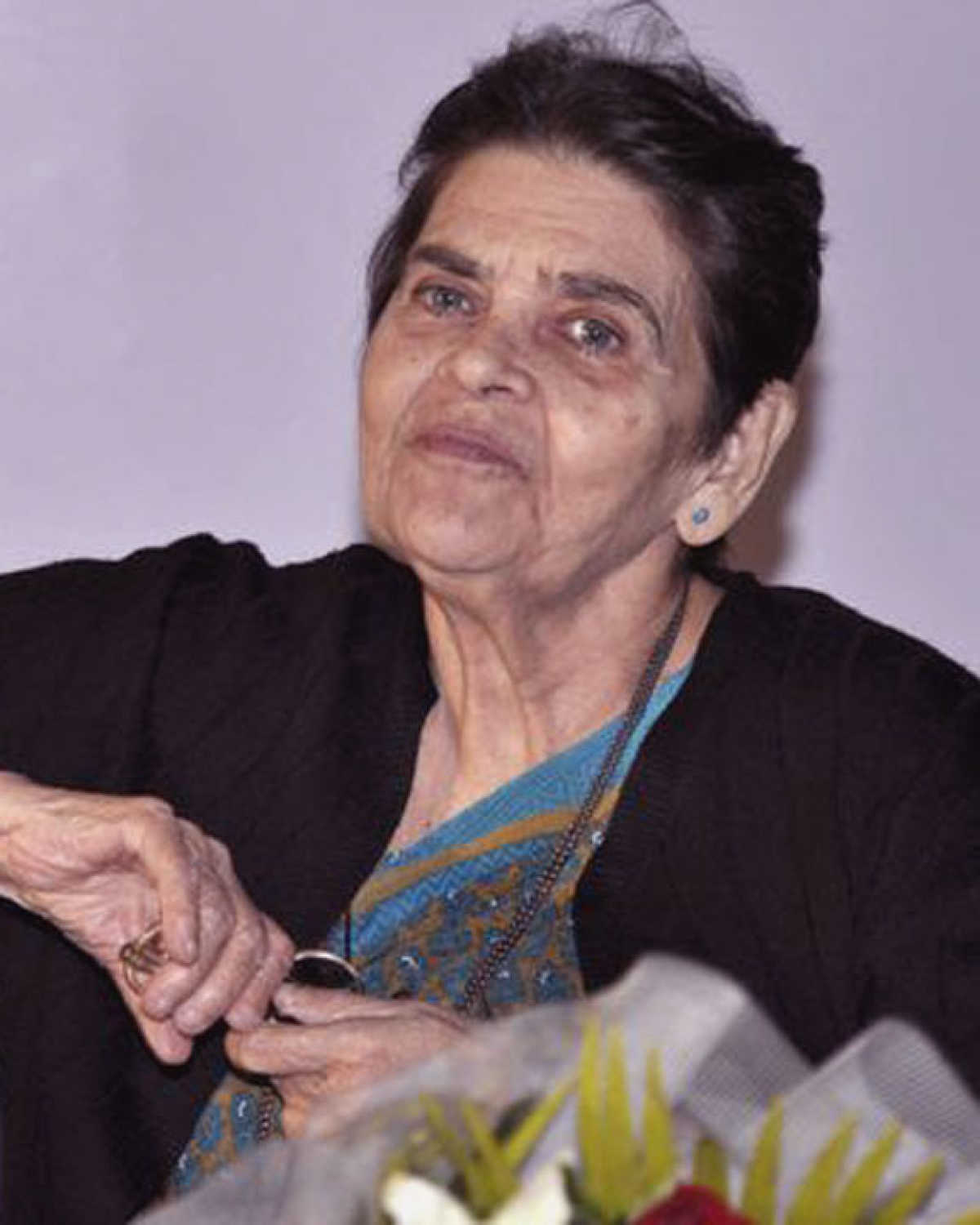
Sai Paranjpye Biography
Born : 19 March 1938, in Lucknow, Uttar Pradesh, India
She started her writing career at the age of eight with a collection of fairy tales in Marathi. A graduate of the National School of Drama (NSD), Sai worked at the All India Radio, and over the years she has written and directed many plays in Hindi, Marathi and English for adults and children, apart from several children’s books. She made her feature film debut with Sparsh (1980), a mature character study of a blind school principal, Aniruddh (Naseeruddin Shah), and his stubborn refusal to be limited by his handicap. The film is also an unusual love story between Aniruddh and Kavita (Shabana Azmi) a widow who comes to teach at the institute.
Her next, Chashme Buddoor (1981), was a comedy about three college mates living in Delhi and the young woman who transforms their lives. An inspired piece peppered with genuine humour, the film also pokes fun at popular cinema’s tendency to project dashing heroes who are then idealised by slackers. Katha (1982) was a re-imagining of the hare and the tortoise fable from the Panchatantra in a Bombay chawl where Rajaram (Shah) is the shy, hardworking youth who loves his neighbour’s daughter (Deepti Naval) but can’t muster the courage to express his feelings, while his smooth-talking friend Bashu (Farooque Shaikh) nearly walks away with the girl from under his nose. But Bashu’s web of lies can’t hold forever.
She produced and directed the more serious film, Disha (1990), a tale about migrant workers in Bombay caught between urban displacement and the changing face of rural India. Shot on real locations around the textile hub of Central Bombay the film has a documentary feel to it. In 1997 she directed Saaz (1997), apparently drawing inspiration from the real-life drama of the Mangeshkar sisters, their mutual love and professional rivalry. Sai has served twice as the Chairperson of the Children’s Film Society of India, directed television serials like Ados Pados (1984) and Chhote Bade (1985), and made several documentaries on social issues.
Her last directorial venture was the film Chakachak (2005). Her 1981 film was recently remade by David Dhawan as Chashme Baddoor (2013).
Like her mother before her, Sai Paranjpye was also a recipient of the prestigious Padma Bhushan from the Government of India.